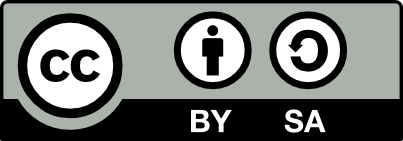Peer Review Policy
- A peer-reviewed journal is the International Journal of Zoology and Biosciences.
- The procedure entails a closed assessment of the manuscript by two peers while keeping the author's and reviewers' identities secret.
- Peer review serves the primary purpose of removing any conscious or unconscious bias.
- IJZAB aim for a double blind review, and as a result, the full peer review cycle for one paper takes roughly take two weeks.
The sequence goes as follows:
Preliminary Submission
- The author submits the research paper through the Online Submission Form or sends the manuscript to [email protected].
- Authors are invited to nominate a list of Two potential expert reviewers in their accompanying letter.
- These reviewers must not have a conflict of interest with the authors or the paper content, and the Editorial Board may decline to contact any of the reviewers suggested by the authors.
Initial Screening of the paper
- After the receipt of the paper, it is forwarded to the section editor, who first reviews the submission to ensure the quality and scope of the journal.
- Another essential element that is checked upon in the initial screening is the presence of plagiarism.
- If plagiarism is encountered, the paper is suggested for revision or rejection, depending on the plagiarism count.
Blind Review by Peers
The paper from the editor is forwarded to two peers for blind review. The referees generally evaluate the paper on the following aspects:
- To check Content Quality and Originality
- To check Organization and Clarity
- To check the Article Scope
- To study the Methodology defined and adopted.
- To check the integrity of the scientific work.
- To ensure the accuracy of inappropriate or flawed analysis or existence of Plagiarism or Incorrect references.
- To check the Quality of References.
Paper evaluation by referees consumes approximately a week, henceforth the assessment scores, with the review comments being forwarded to the Chief Editor for a final valuation.
Final Assessment by Editor-in-Chief
- The Editor-in-Chief reviews the comments and assessment SCORES shared by the referees.
- Basis a quality check for Grammar, Language, Layout, and Format, Style and Graphics Quality of Illustrations and the peers’ score, the Editor-in-Chief gives his final judgment of whether Reject, Accept Changes, or Accept as it is for publication.
- If minor changes are required for acceptance, then the manuscript sends to the author for revision. After revision, the Chief Editor sends the acceptance communication with proof galley to the author.
- After receiving the article processing fees paper will be published.
Manuscript Processing Duration (Bi-monthly)
Initial Evaluation Report to Author: 2 weeks (Copyright & Plagiarism)
First decision: 2 weeks since from submission (on sending review or not)
Revisions and Acceptance: 4 weeks since the revision request
Final Galley Proof: 4 weeks (After acceptance)









